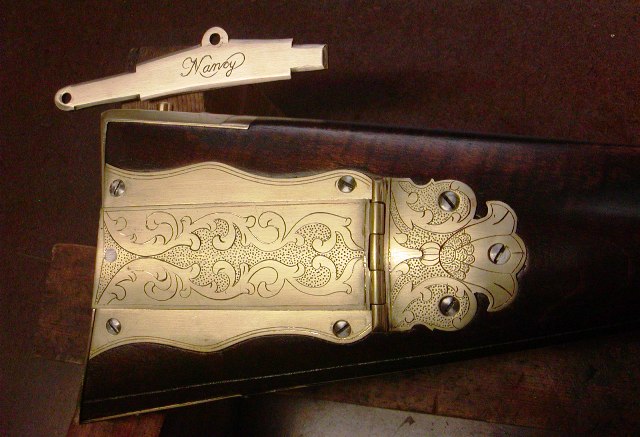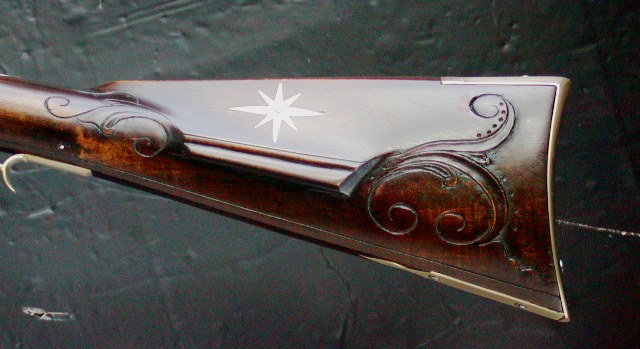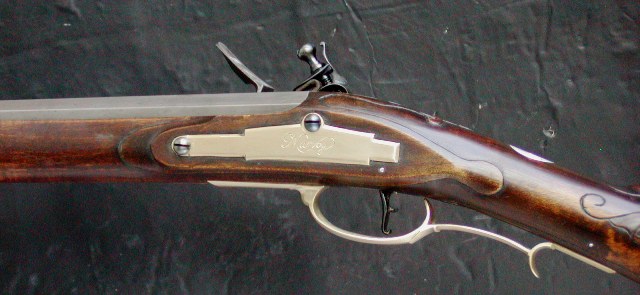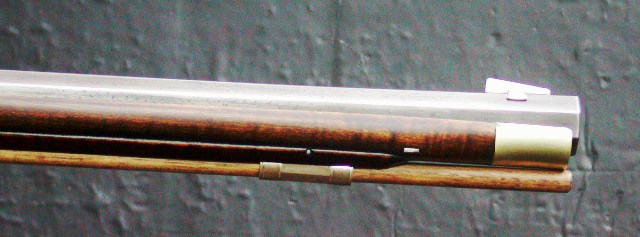Where can the round wooden mallets used for wood work be purchased economically?
I like
Lee Valley Tools for most of my shop tools. Everything they sell is good quality, prices are fair, and shipping is reasonable. They have a good selection of mallets. It will be hard to find a good one under $30 from anybody, but used properly, it ought to last your lifetime.
Being really cheap I balked at the price of wood carving mallets. I have two granddaughters and let them both play on my hobby lathe to make me a mallet from a piece of firewood out of the wood pile.
The both did a really good job, I use the smaller one the most.
View attachment 99329View attachment 99330
Wow, Eric, they did great! Maybe they would make one for
@Crow Choker ! Seriously, those look like nice tools.
I don't own a nice one. I have an old rawhide mallet and several wood mallets all inherited from my dad. these are all "hammer shaped," and none are "potato masher" shaped, but they work all right for me.
I have made some crude hand mauls for use outdoors. I use these a lot more than you might think, for driving stakes, splitting with a froe, and even changing implements on my tractor (sometimes things need a little persuasion, if the three-point hitch isn't perfectly aligned). They wear out with the abuse I give them, but these are the ones I'm using currently:
The head on the larger one is around 4-1/2" and the smaller one is about 3". I don't know what they weigh. These are both made of laurel oak, which is not as tough as live oak, but it was what I had available when I needed them. Yes, the handle of the small one is crooked. The chunk of wood it was made from was crooked, and it works fine. I've found the larger one is less tiring and transfers less shock to my arm and hand in doing heavy work, as with a froe.

These are easy to make. Cut a billet the length you want and of a diameter of the size head you need. measure back about six inches for the head, and make a circumferential saw cut all the way around the billet, of a depth that will leave a handle of the diameter you want. I like about 1-1/4" and taper it a little toward the end. Next, start splitting off thin slats, going all around your handle section until you get to a depth not quite even with the bottom of your saw cut. Finish the handle off with a drawknife, and smooth the knots with a rasp. It should be obvious that I don't spend a lot of time finishing these. They come in mighty handy around the place, though.
Good luck! I hope you get one that suits you.
Notchy Bob






















